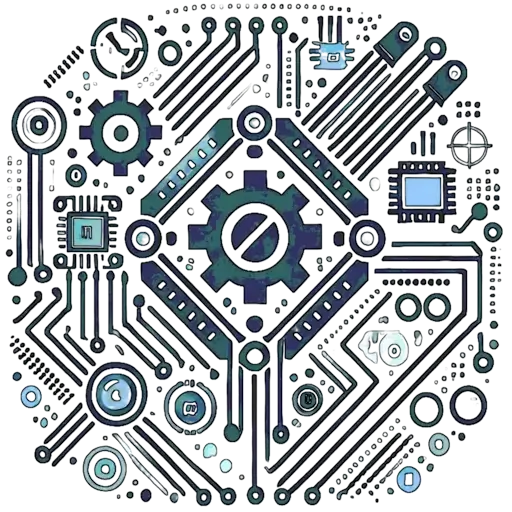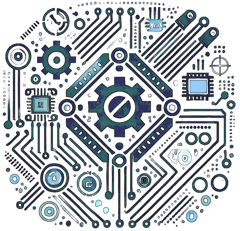Objective
The objective of this experiment is to explore the energy storage and backup capabilities of a supercapacitor in a circuit, demonstrating its application in energy backup systems.
Components Required
- 1 x Supercapacitor (e.g., 10F, 2.7V)
- 1 x Resistor (1kΩ)
- 1 x LED (any color)
- 1 x Power Supply (e.g., 5V DC)
- 1 x Switch
- 1 x Multimeter
- Connecting Wires
- Breadboard (optional)
No Ads Available.
Theory
Supercapacitors, or ultracapacitors, have a much higher capacitance than traditional capacitors, enabling them to store and release energy quickly. They are often used in applications requiring rapid charge and discharge cycles, making them ideal for energy backup systems in electronics. In this experiment, we will demonstrate how a supercapacitor can provide power backup to an LED.
Circuit Diagram
Experimental Setup
1. Connect the supercapacitor in parallel with the LED and resistor.
2. Connect the switch in series with the power supply to control the charging of the supercapacitor.
3. Use a multimeter to measure the voltage across the supercapacitor.
Procedure
- Set up the circuit as per the diagram, ensuring correct polarity for the supercapacitor.
- Close the switch to allow the supercapacitor to charge from the power supply.
- Observe and measure the voltage across the supercapacitor with the multimeter until it reaches its rated voltage.
- Open the switch to disconnect the power supply and observe the LED behavior.
- Note how long the LED remains lit after disconnecting the power supply, indicating the energy stored in the supercapacitor.
- Repeat the experiment with different resistor values to see how it affects the LED's duration of illumination.
Results and Observations
Document the voltage readings of the supercapacitor during charging and the duration the LED remains lit after disconnecting the power supply. Discuss how varying the resistor affects the discharge rate and LED illumination time.
Conclusion
This experiment illustrates the energy storage capability of supercapacitors and their application as backup power sources. Understanding how supercapacitors operate in energy backup systems is vital for designing efficient energy storage solutions in electronic devices.


